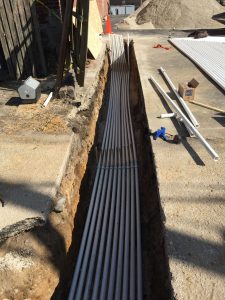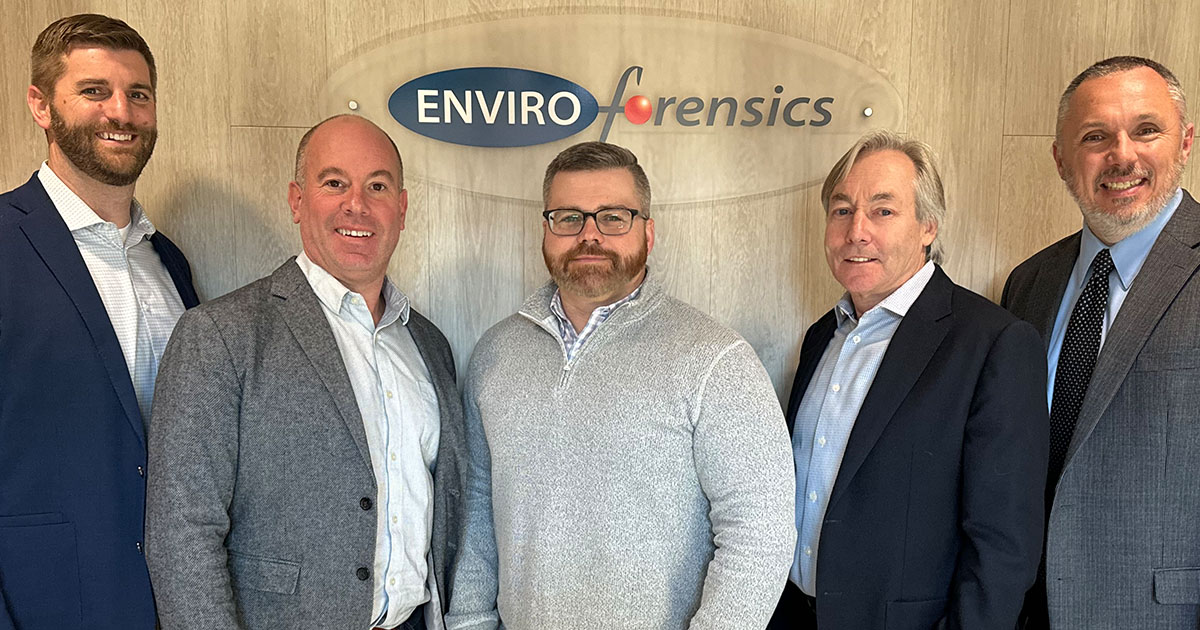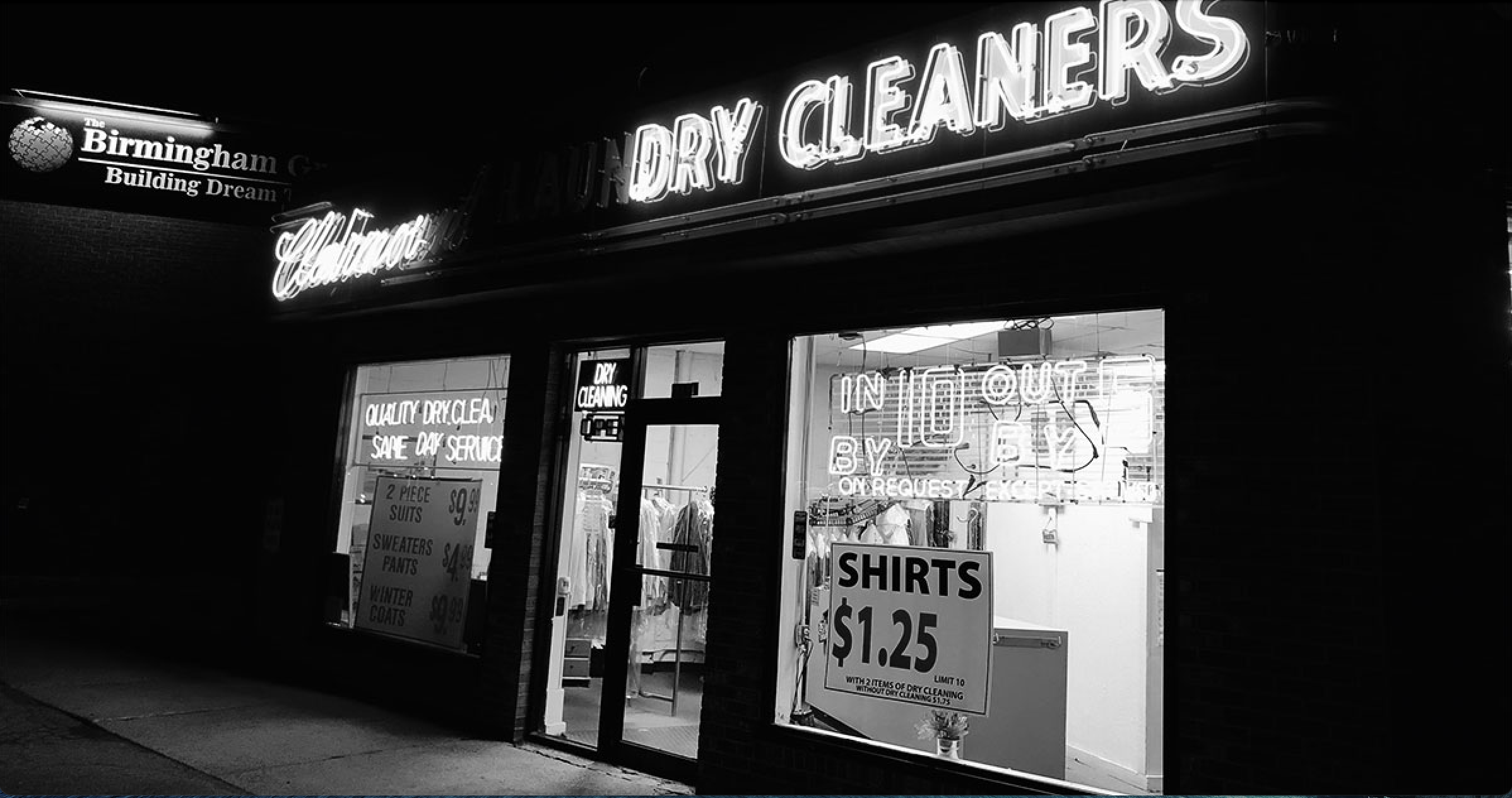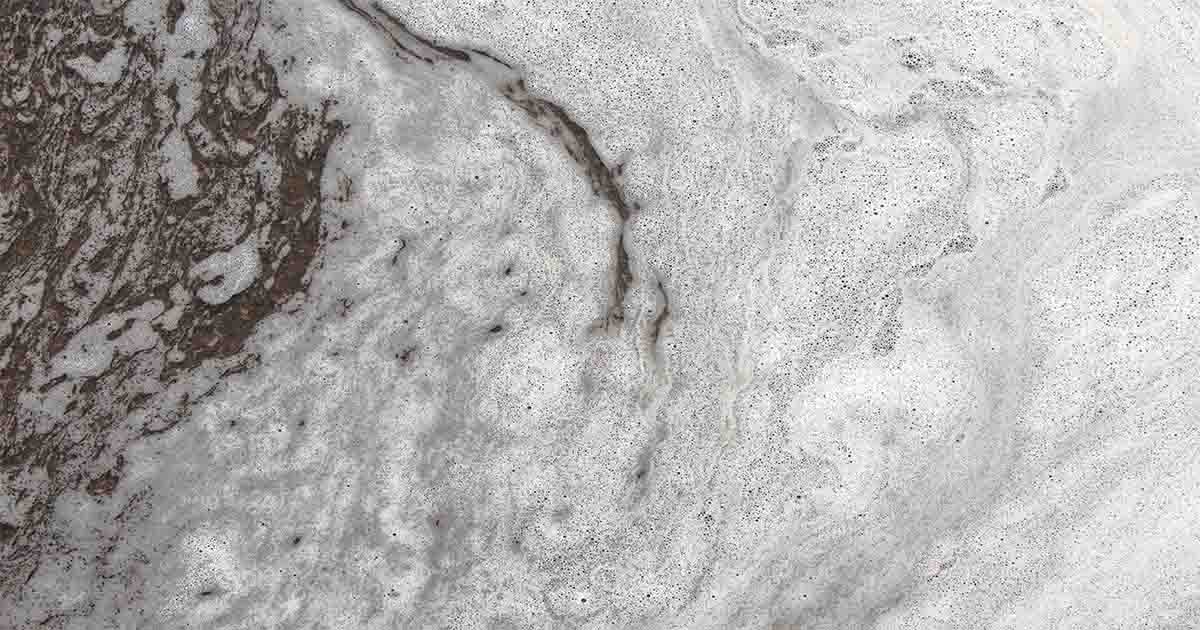We have seen, in the past, that mechanical remediation can be very effective at reducing large concentrations of contaminants in a relatively short period of time. It’s one of the many reasons we utilize this type of cleanup so often. But, before we draw up a closure strategy that includes a mechanical application, there are a few logistical components we need to consider on our client’s behalf, and on behalf of the surrounding community and regulators.
1. “Can I keep my business open during remediation?”
This a concern we hear voiced by our friends and partners in the dry-cleaning industry all the time. Customers are creatures of habit, and the fear of losing them for good is very real. Even if the business is shut down for just a few days. We understand this, and do what we can to work around our client’s schedule. Fortunately, with mechanical remediation, the most invasive work is done upfront, and we have ways to minimize that impact. Construction can be scheduled during off-peak business hours, to affect as little customer traffic as possible. We can also employ different drilling techniques to avoid work inside the client’s building. You can read more about this in past blog: Minimizing the impact of cleanup.
2. “Are there any land use restrictions at or near our project Site?”
Aside from excavation, mechanical remediation applications generally require storage of a shed or trailer to house motors, hoses, and other applicable components for a certain period of time. This can make things difficult if the Site has an existing building or is surrounded by other structures. Mechanical applications can also get noisy, so that’s another factor that must be considered, especially if the Site is in or near a residential area. Read about our solutions to minimize noise.

3. “What is this going to cost?”
We are steadfast in our mission to make sure our clients pay as little out of pocket as possible. We focus on finding cost-effective solutions that that meet the objectives of our clients, with technologies that are reasonable and necessary to get the job done.
4. “Does this strategy help satisfy our regulatory commitments?”
First and foremost, it is our obligation to our client that we do everything in our power to make sure they no longer have an environmental liability hanging over their head. That comes in the form of a “No Further Action” letter from the state regulator. We submit the most thorough cleanup strategy, which many times necessitate mechanical remediation applications, to the IDEM (Indiana Department of Environmental Management) in order to meet or exceed the criteria required to obtain a “No Further Action” letter from the Indiana Department of Environmental Management (IDEM) or other applicable state regulatory agencies, and to meet our clients’ objectives.



